 What happens in the economy in 2019 almost certainly will be overshadowed by the investigations of Donald Trump, his children, members of his presidential campaign and inauguration committee, and executives of his businesses and foundation. Even so, economic developments will shape the political environment in which Americans weigh the results of those investigations and the president’s overall job performance. And it is increasingly likely that President Trump and the 116th Congress will face a steadily weakening economy in 2019.
What happens in the economy in 2019 almost certainly will be overshadowed by the investigations of Donald Trump, his children, members of his presidential campaign and inauguration committee, and executives of his businesses and foundation. Even so, economic developments will shape the political environment in which Americans weigh the results of those investigations and the president’s overall job performance. And it is increasingly likely that President Trump and the 116th Congress will face a steadily weakening economy in 2019.
The longest expansion in our history lasted ten years (March 1991 to March 2001), and the current one will match that milestone in mid-2019. This expansion was already in its eighth year when Trump took office; and as I’ve noted here and elsewhere, all business cycles eventually expire from old age unless they are struck down early by an outside force like a four-fold jump in oil prices. We have an elderly expansion on our hands, so the next downturn is a matter of when, not if.
At this point in the business cycle, we should expect to see consumers pull back on purchases of new homes and large items (“durables”), and that should be the case in 2019 even if people’s incomes had not lagged inflation over the last 20 months. As demand cools, we should also expect to businesses slow new investment and hiring, and overall growth will likely fall to or below two percent. At the end of that road lies the next recession in late 2019 or early 2020.
This is the economy’s natural path at this point. After a protracted period of decent growth, the consumer and business demand that previously was untapped has been satisfied. Businesses find it increasingly hard to find promising new investments or skilled workers, fewer consumers are eager to buy new appliances or other large items, and fewer families are in the market for new homes. So, business investment, consumer purchases of durable goods, home sales, and overall economic growth all slow down. That’s the pattern we see when we track those measures over the three years prior to each of the last three recessions. (See the table below.)
To be sure, Trump and the GOP Congress have tried to breathe new life into the expansion with large tax cuts. But those tax changes were focused too narrowly and ultimately came too late to head off a recession for long. The changes have goosed business investment and overall growth in 2018, but so modestly that those measures over the last year have still lagged business investment and growth at comparable points in the long expansions of the 1980s and 1990s.
Instead, companies have spent much of their tax savings on a stock buy-back spree totaling some $1.1 trillion in 2018. For perspective, total U.S. business investment is expected to reach around $2.8 trillion this year. But most of that will go to replace worn-out business structures and equipment. Net of such depreciation, business investment totaled $504 billion in 2017 and perhaps will reach $550 billion this year—half what businesses are spending this year to buy back their own stock. And because average families gained little from the tax changes, their purchases of houses and durable consumer goods continued to slide through 2018. (See the table below again.)
This deteriorating outlook on our economy has not been lost on global investors. The best evidence that their confidence in the U.S. economy has waned is not the stock market’s recent stumbles, but changes in what economists call the “yield curve.” When global investors grow nervous about the economy’s near-term prospects, they hedge by demanding higher yields or returns for lending the government their money even for a short term. As a result, the yields on shorter-term Treasury securities begin to approach the yields on longer-term securities (“flattening the yield curve”), until short-term yields finally exceed long-term yields (“inverting the yield curve”).
Those changes in the yield curve are the most reliable measure economists have that a recession is coming. According to the Federal Reserve Bank of San Francisco, an inverted yield curve has preceded by about one year every U.S. recession since 1960, with only one false positive in 1966. The bad news for President Trump as he faces the toxic fallout from investigators is that the yield curve has flattened dramatically over the last 18 months. When he took office, the yield on one-year Treasury securities was 0.82 percent, which was 148 basis points less than the 2.48 percent yield on 10-year securities. As of this writing, that difference in yields has narrowed to just 18 basis points or by 87.8 percent. Over the same period, the difference in the yields of 2-year and 20-year Treasury securities has flattened from 159 basis points to 31 basis points, or by 80.5 percent.
Economists cannot say with any accuracy just when the next recession will begin, nor can we predict its precise depth or duration. But economic analysis can identify with some confidence the economy’s overall direction. Based on history and recent data, there is little doubt that the American economy will weaken in 2019 as it enters the final stage of this business cycle.
Average Annual Gains in GDP, Business Investment, Consumer Spending on Durable Goods and Housing Investment Over the Three Years Prior to the Last Three Recessions
| Measure | Preceding Year +2 | Preceding Year + 1 | Preceding Year |
| 1987 Q3-1988 Q2 | 1988 Q3-1989 Q2 | 1989 Q3-1990 Q2 | |
| GDP | 4.50% | 3.75% | 2.43% |
| Business Investment | 5.88% | 5.10% | 1.70% |
| Durables | 6.90% | 4.00% | 0.80% |
| Housing Investment | 6.20% | – 3.15% | – 4.00% |
| 1998 Q2-1999 Q1 | 1999 Q2-2000 Q1 | 2000 Q2-2001 Q1 | |
| GDP | 4.83% | 4.23% | 2.35% |
| Business Investment | 10.23% | 10.60% | 3.88% |
| Durables | 15.10% | 14.90% | 2.33% |
| Housing Investment | 9.50% | 3.60% | 1.50% |
| 2005 Q1-2005 Q4 | 2006 Q1-2006 Q4 | 2007 Q1-2007 Q4 | |
| GDP | 3.15% | 2.60% | 1.98% |
| Business Investment | 6.05% | 8.15% | 7.33% |
| Durables | 2.43% | 7.20% | 4.45% |
| Housing Investment | 5.28% | -15.03% | – 21.03% |
| 2016 Q4-2017 Q3 | 2017 Q4-2018 Q3 | 2018 Q4-2019 Q3 | |
| GDP | 2.35% | 3.05% | We’ll see |
| Business Investment | 5.33% | 6.88% | We’ll see |
| Durables | 6.35% | 5.80% | We’ll see |
| Housing Investment | 9.20% | 0.95% | We’ll see |

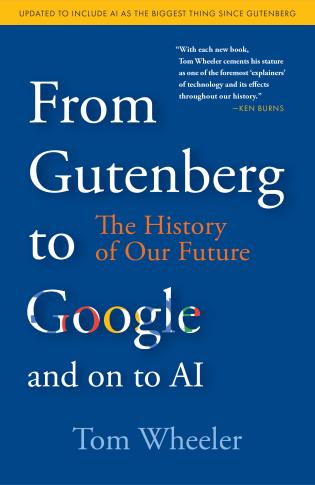
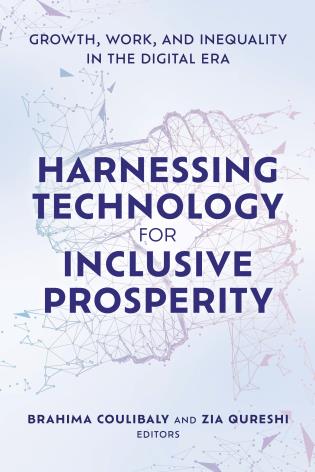
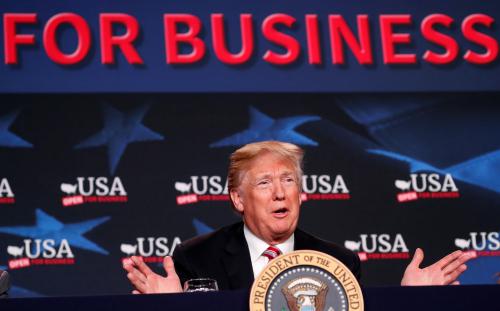
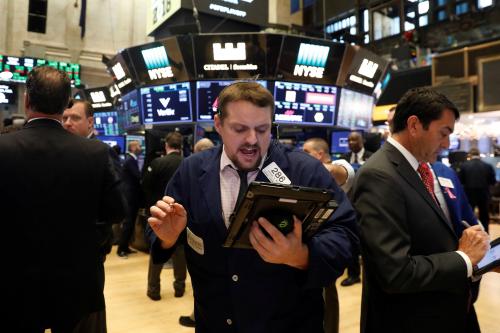
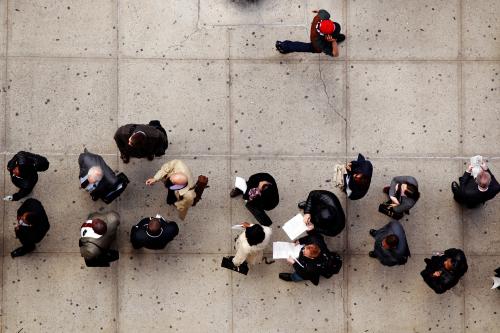



Commentary
Congress in 2019: Why members should prepare for a likely recession
December 26, 2018